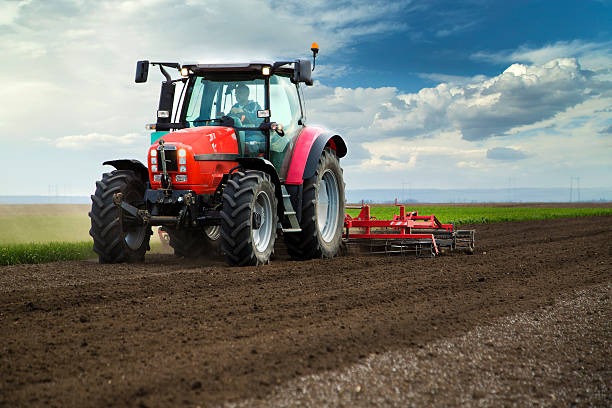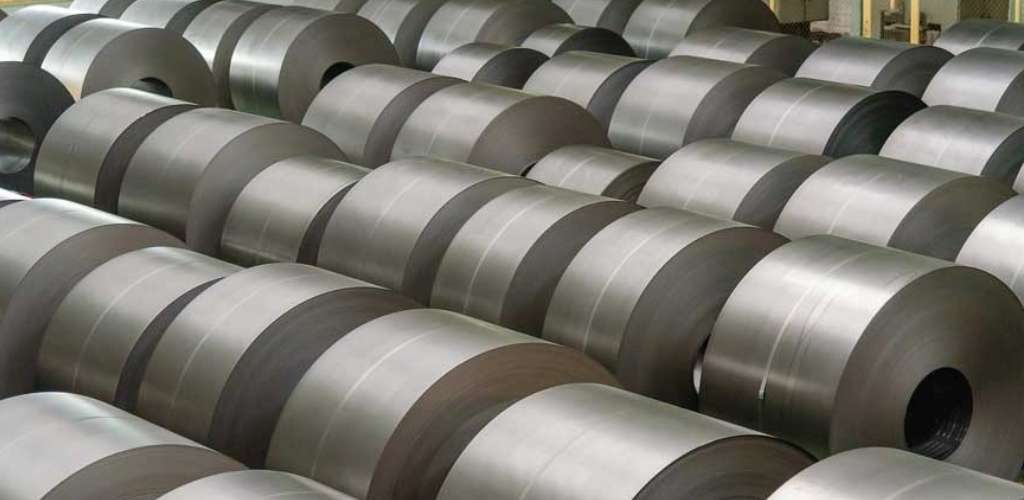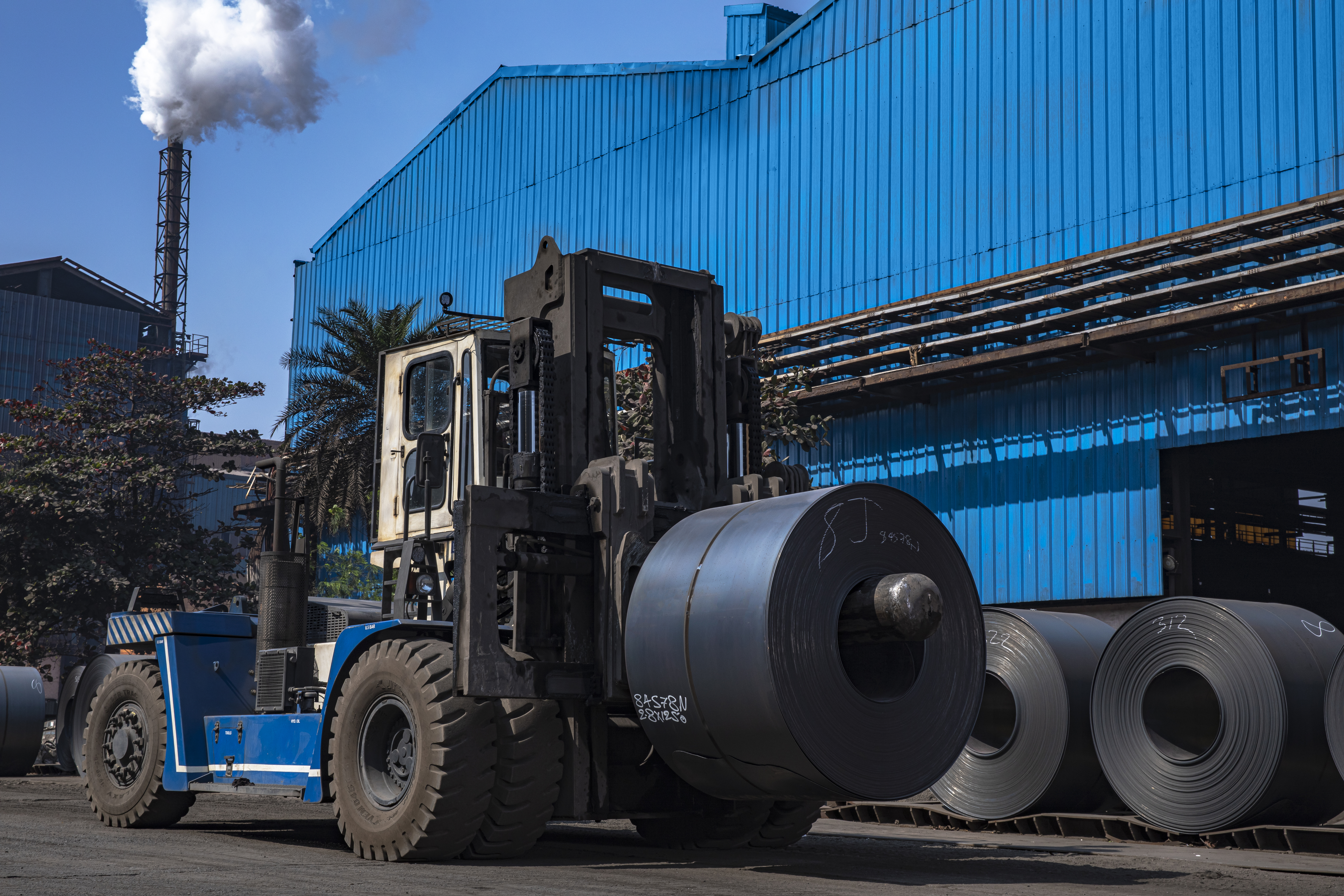

A Step-by-Step Guide to HR Coil Production
In the world of steel manufacturing, hot rolled coil (HR coil) production stands as a cornerstone process, crucial for various industries worldwide. Whether it’s construction, automotive, or infrastructure development, HR coils from a steel plant in India serve as the raw material backbone, providing strength and durability to countless applications. Understanding the intricacies of HR coil production is essential for steel plant managers and industry leaders looking to optimize their operations and meet market demands effectively.
Introduction to HR Coil Production
Hot rolled steel, also known as HR coil, is produced through a series of carefully orchestrated steps within a steel plant. This process involves heating slabs of steel above their recrystallization temperature, followed by rolling them into coils. The result is a versatile material with exceptional strength and formability, ideal for various industrial applications. AM/NS Stallion offers exceptional workability and robustness and is aptly suitable for a range of industrial applications.
Step 1: Raw Material Preparation
The journey of HR coil production begins with sourcing high-quality raw materials. Steel plants in India are renowned for their access to premium-grade iron ore and coal domestically, providing a solid foundation for the production process. These raw materials undergo rigorous quality checks to ensure they meet the desired specifications for HR coil manufacturing.
Step 2: Heating and Rolling
Once the raw materials pass the quality assessment, they are fed into the furnace for heating. The furnace operates at temperatures exceeding 1700°C, allowing the steel to become malleable and ready for shaping. The heated steel is then passed through a series of rolling mills, where it undergoes a gradual reduction in thickness and achieves the desired dimensions. This rolling process imparts the characteristic grain structure and mechanical properties to the HR coil.
Step 3: Cooling and Coiling
After the rolling stage at a steel plant in India, the hot rolled steel is swiftly cooled using water or air jets to prevent excessive oxidation and maintain its structural integrity. The rapid cooling process, known as quenching, helps lock in the desired metallurgical properties of the HR coil. Subsequently, the coils are meticulously wound onto spools, ready for further processing or direct shipment to customers.
Step 4: Quality Control
Quality control is paramount throughout the HR coil production process. Steel plants employ advanced testing methods, including ultrasonic testing and spectroscopy, to ensure the integrity and consistency of the final product. Any deviations from the specified standards are promptly addressed to maintain the highest level of quality assurance.
Step 5: Storage and Distribution
Once the HR coils pass the quality control checkpoints, they are stored in warehouses equipped with state-of-the-art facilities to prevent corrosion and damage. From these warehouses, the coils are dispatched to customers across various industries, serving as the backbone for countless manufacturing processes.
Optimizing HR Coil Production
Achieving efficiency and consistency in HR coil production requires a comprehensive approach that encompasses technological innovation, process optimization, and skilled workforce management. Steel plants in India are increasingly investing in automation and digitalization to streamline their operations and enhance productivity. Additionally, continuous research and development efforts aim to improve the performance and sustainability of HR coil production processes.
Conclusion
Mastering the art of hot rolled steel production is a testament to the ingenuity and precision of the steel manufacturing industry. By following a systematic approach and leveraging cutting-edge technologies, steel plants in India and beyond can produce high-quality hot rolled steel coils that meet the diverse needs of modern industries. As business leaders and industry experts, staying abreast of the latest developments in HR coil production is essential for maintaining a competitive edge in the global market landscape.
Hot rolled steel coil production is a complex yet essential process in the steel industry. By understanding the key steps involved and embracing innovation, steel plants can optimize their operations and deliver superior-quality HR coils to meet the demands of various industrial sectors.
Explore our latest Post
- Market Dynamics: Analyzing The Demand And Supply Of Hot Rolled Steel In India
- Hot Rolled Steel Sheets And Coils: Versatile Industrial Materials
- The Role Of AM/NS Stallion In Improving Modern-Day Agriculture
- The Manufacturing Process Behind Hot Rolled Steel
- Hot Rolled vs Cold Rolled Steel: Understanding the Differences



